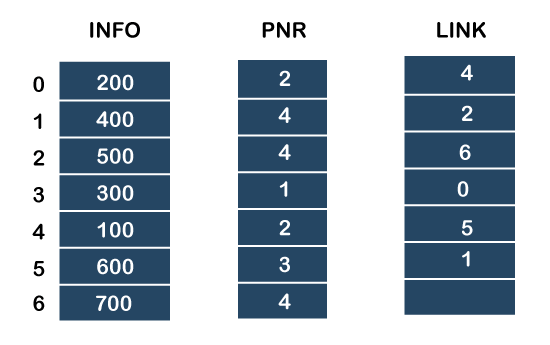
Note that, unlike typical queues, the concrete implementation of the Java Queue does not necessarily order elements in a FIFO manner. Each of these operations has two distinct forms, such as one that throws an exception if operation fails and another that returns a special value, such as null or false, depending upon the operation. The operations specific to its identity deals with insertion, extraction, and inspection of elements stored in it. Being part of the Collection, it has all the basic Collection operations. This is part of the Java Collection Framework APIs, designed to hold elements prior to processing. The Java API has an generic interface name, Queue, in the java.util package. The priority queue imposes some special norms above that. A store is usually represented by a simple array where the storage and retrieval processes have this defined norm. Now, this is the simplest architecture and closely defines what a queue actually means and how it is to be simulated in a computer. The idea is to order the elements in a FIFO (first-in-first-out) manner. Adding an item to the queue is technically called the process of enqueue, and the item removed from the queue is from the first in the line. People get added to the end of the queue or from the tail end. The first person standing in the queue gets the first chance to get the ticket and the last person gets one’s chance at the end.

The idea is quite similar to a number of people standing in a queue for say, getting a ticket.

A queue is basically a data structure that defines specific norms to the process of insertion and retrieval of items from a store. The PriorityQueue class is a part of the java.util package and is a generic implementation of a priority-based queue in Java.
PRIORITY QUEUE JAVA EXAMPLE CODE
This article gets into some intricate information about this API and its use with appropriate code examples. The PriorityQueue is one of the important Java APIs built on the unbounded priority queue and priority heap. We may make money when you click on links to our partners.

content and product recommendations are editorially independent.


 0 kommentar(er)
0 kommentar(er)
